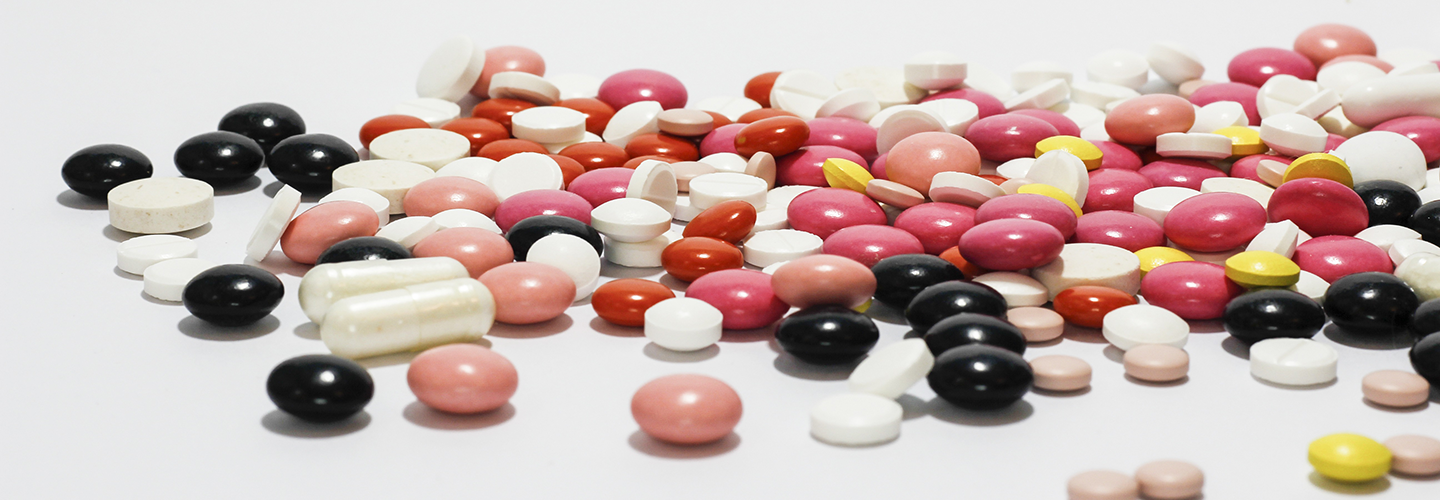Antidepressant Medication and the Treatment of Depression
- Home
- Blog

It seems like almost every other week that we are introduced to a new antidepressant medication through an ad on TV. For patients suffering from depression and their worried family members, they may wonder, “Why are there so many antidepressants on the market? What are the differences in how they treat depression? How do they work? How do I know if my antidepressant treatment should be modified, or changed altogether?”
It is important to note that depression is a major health problem worldwide. The World Health Organization (WHO) predicts that by 2020 depression will be the second largest cause of the global health burden – and major depression is already the central nervous system (CNS) disorder with the highest prevalence. There are about 40 million diagnosed cases in the United States, France, Germany, Italy, Spain, United Kingdom, and Japan. The lifetime prevalence of major depression across the population ranges from 3% in Japan, to 17% in the United States, to 30% of men and 40% of women in the Netherlands and Australia.
In 2008, global sales of antidepressants totaled $20 Billion. In the United States, the use of antidepressants doubled over one decade, from 1996 to 2005. Antidepressant drugs were prescribed to 13 million people in 1996 and increased in number to 27 million by 2005. In 2008, more than 164 million prescriptions for antidepressants were written in the U.S. alone. It is fair to say that there is an epidemic of depression in the civilized world, and fortunately our understanding of how to treat depression has become increasingly sophisticated, through advances in molecular biology and neurophysiology that tell us how brain cells function in their normal state and in a depressed state, leading to more effective and targeted therapies.
Given the prevalence of depression throughout the world, and the deep and pervasive emotional pain it causes to patients and their loved ones, it is not surprising that the pharmaceutical industry would endow physicians with an extensive armamentarium of medications to treat major depressive disorder. As a result there are multiple drugs within each of several different classes of antidepressants, that boost levels of certain neurotransmitters such as serotonin, dopamine, or nor-epinephrine in the mood-regulating regions of the brain. Mood regulating brain cells are organized into circuits, within which the cells interact with one another using electrochemical mechanisms. The mechanism by which they interact, and how antidepressant medications work to enhance these interactions is simple, yet elegant, as illustrated in the picture below:
When the first brain cell (the presynaptic neuron) “fires,” it releases neurotransmitters into the synaptic cleft. Some of these transmitters then travel across the synapse and bind onto receptors of the next brain cell (the postsynaptic neuron), which can then cause that cell to fire (as illustrated in pathway #1 in the picture above). Other transmitters do not make the journey safely across the synapse, because they are reabsorbed back into the first cell (called “reuptake”) or are degraded by enzymes such as COMT and MAO (as illustrated in pathway #3 above). If the neurotransmitter levels are low in depression, it makes sense to block the reuptake, or block the enzymes that degrade them, to increase their numbers in the synapse, thereby increasing the likelihood that they will bind to the next brain cell
The most popularly prescribed antidepressants are the “SSRI” or “SRI” group, standing for serotonin-specific reuptake inhibitors. Examples are Prozac (Fluoxetine), Zoloft (Sertraline), Paxil (Paroxetine), Celexa (Citalopram), and Lexapro (Escitalopram). A different antidepressant, Wellbutrin (Bupropion), inhibits the reuptake of dopamine. Another class of antidepressants works to boost both serotonin and nor-epinephrine. These “SNRI,” serotonin/nor-epinephrine reuptake inhibitors include medications such as Cymbalta (Duloxetine), Effexor (Venlafaxine), and Remeron (Mirtazepine). Still another class is called the “MAOI” or monamine oxidase inhibitor antidepressants such as Parnate (Tranylcypromine) or Nardil (Phenelzine). These work by blocking the enzyme MAO (monoamine oxidase) that breaks down the neurotransmitters, but these are not widely used because they interact with many foods and drugs.
Successfully treating the symptoms of depression with an antidepressant is both an art and a science, and the choice of antidepressant can depend upon a variety of factors. Family history of response to a particular medication among genetically-related family members can be a helpful predictor, as can the presence of certain symptoms to target, which are known to respond to increases in one or more of the neurotransmitters noted above. For example, panic attacks may respond to SRIs or SNRIs and be worsened by Wellbutrin. Social anxiety and obsessive–compulsive disorder symptoms may respond to SRIs and also be worsened by Wellbutrin. ADHD symptoms may respond to the dopamine increase provided by Wellbutrin, but not to SRIs. In patients with depression, social anxiety, and ADHD, an SNRI may be helpful by boosting both serotonin and norepinephrine to address their broad spectrum of symptoms.
Not uncommonly, the patient’s depressive symptoms will only partially respond to the first medication selected, or they may not respond at all. In the event of a partial response, and where there are no troubling side effects, the medication is not switched but is “augmented” to make it more effective. Adding one or more “augmenters” to the antidepressant is analogous to adding a turbocharger to a car engine – they both provide a boost – they add power. Antidepressant augmenters include Folic Acid (a B vitamin), Omega 3 fish oil, thyroid hormone, testosterone, lithium, a second antidepressant from a different class (e.g. adding Wellbutrin to an SRI), an atypical antipsychotic medication (e.g. Abilify), and N-Acetylcysteine. The use of each of these augmenters may have a different rationale – for example Abilify may be used in the depressed patient struggling with many negative thoughts or mood instability – while Wellbutrin could be used to boost the energy level of a patient who has partially responded to an SRI, but continues to suffer from a lack of motivation and drive. In the more treatment-resistant patient, multiple augmenters may be used.
If there is no response whatsoever to the initial antidepressant, and it was given an “adequate trial” (defined as six weeks duration of treatment, at the maximum dose of the medication compatible with not causing side effects), then a different class of medication should be considered. Sometimes medications will be combined to boost all three neurotransmitters – for example using both Cymbalta and Wellbutrin – in certain patients with a treatment resistant depression that is not responding to the methods described above.
Our knowledge of antidepressant treatment continues to advance. Having been trained in “The Golden Age of Psychiatry”, I have been inspired by the evolution of pharmacologic treatment of depression over the past several decades – from the unsophisticated early days which offered limited choices of medications that caused dry mouth, constipation, lightheadedness, and other unpleasant side effects – to our present-day level of advanced knowledge with the ability to choose among many “clean” drugs that are tolerated so well that most patients forget that they are taking them. While researchers in some circles doubt the effectiveness of antidepressant medications, my experience over the years is that the efficacy of antidepressants is unequivocal. Responses to these medications range from enhanced self esteem and improved quality of life for those patients who are mildly to moderately depressed, to restoring basic daily functionality and providing lifesaving benefits for those who are moderately to severely depressed.
Used alone, or in combination with psychotherapy, antidepressants are life-altering; and offer the hope to millions of patients and their loved ones that they can climb out of that deep dark hole into daylight, and even into radiant sunshine.
Related Links
- Medication Management
- Family Relationship Counseling & Therapy
- Experienced Psychiatric Professionals
- Adult ADHD
- Bipolar Disorder
- Psychotherapy
- Anxiety
- Depression
- Genetic Testing
- Contact Potomac Psychiatry
.png?width=144&height=144&name=Untitled%20design%20(34).png)



